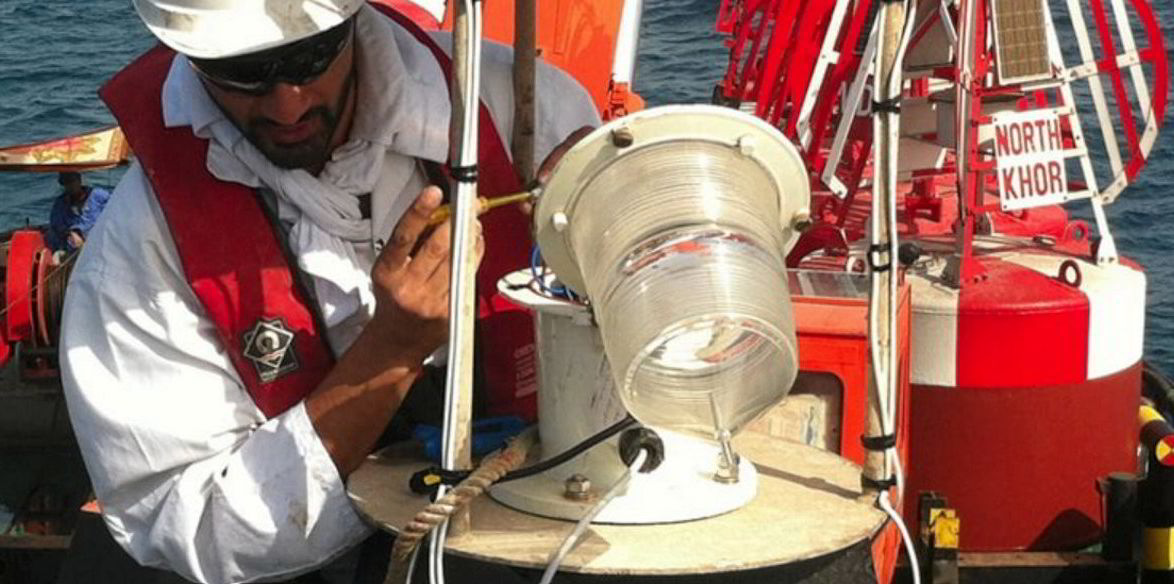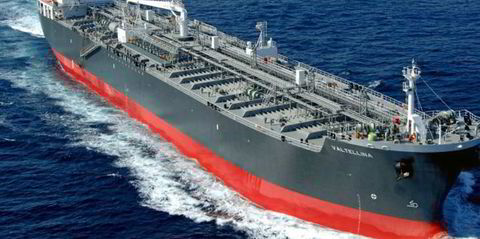Low rates are deterring VLCC owners from completing fixtures for long-haul US Gulf to Asia routes in expectation of better times ahead, according to shipbroker Braemar.
Asian refineries are looking to the region to replace increasingly expensive Middle Eastern crude but owners do not want their tankers operating for weeks on routes offering low returns, it said.
The last successful fixture reported between the US Gulf and China by pool operator Tankers International was on 15 August when the 299,847-dwt Caspar (built 2022), operated by TMS Tankers, was chartered by PetroChina at $38,406 a day for 118 days, according to its app.
That represented a rate just $1,000 a day above break-even levels, according to the TI data. Average time charter equivalent (TCE) rates for VLCCs on the US to China route stood at $24,536 a day on Thursday, down more than $1,000 from the previous day, according to Baltic Exchange data.
“Locking into a low rate for a long voyage would take owners out the running for an anticipated uptick in the market as the northern hemisphere heads into winter,” said Braemar.
Dirty tanker rates have tumbled since June with average VLCC TCE rates dropping to negative levels, a situation last seen in August last year, according to Baltic Exchange data. Average VLCC TCE rates of -$1,374 per day on Friday contrast with the peaks of around $77,000 in March reported by the Baltic.
Demand for VLCCs out of the Persian Gulf has been hit by Asian buyers securing supplies from floating storage and from increased exports from Iran, which uses tankers outside of the mainstream fleet, according to data analysts Vortexa.
Production cuts led by Saudi Arabia and concerns over China’s economy have seen VLCCs switch to trading west of Suez, a phenomenon seen in the second and third quarters of 2022, it said.
But despite increased activity in the Atlantic, VLCC rates have been declining.
US crude exports to Europe are also expected to slow into September after hitting a record 2.1m barrels per day in July before going even higher in August.
Saudi Arabia has yet to reveal if its million-barrel-a-day production cut will continue beyond the end of this month. Its cuts, along with fellow Opec+ member Russia, have driven up the price of global oil.
Russia is expected to cut production by 300,000 barrels a day in September, a smaller cut than the 0.5m barrels a day in August. Russian media reported that details on further cuts to its oil exports are due to be announced next week.
Read more
- Summer slumber: Middle East slowdown trumps Atlantic activity as VLCCs hit 12-month low
- No swift end expected to Turkey’s Ceyhan crude shipment dispute, brokers say
- China Merchants to ink the world’s first methanol-fuelled VLCC newbuilding
- Product tankers to get a boost as VLCC ‘cannibals’ dwindle, Hafnia’s Mikael Skov says
- China’s Landbridge Group refinances VLCC pair with domestic leasing company





